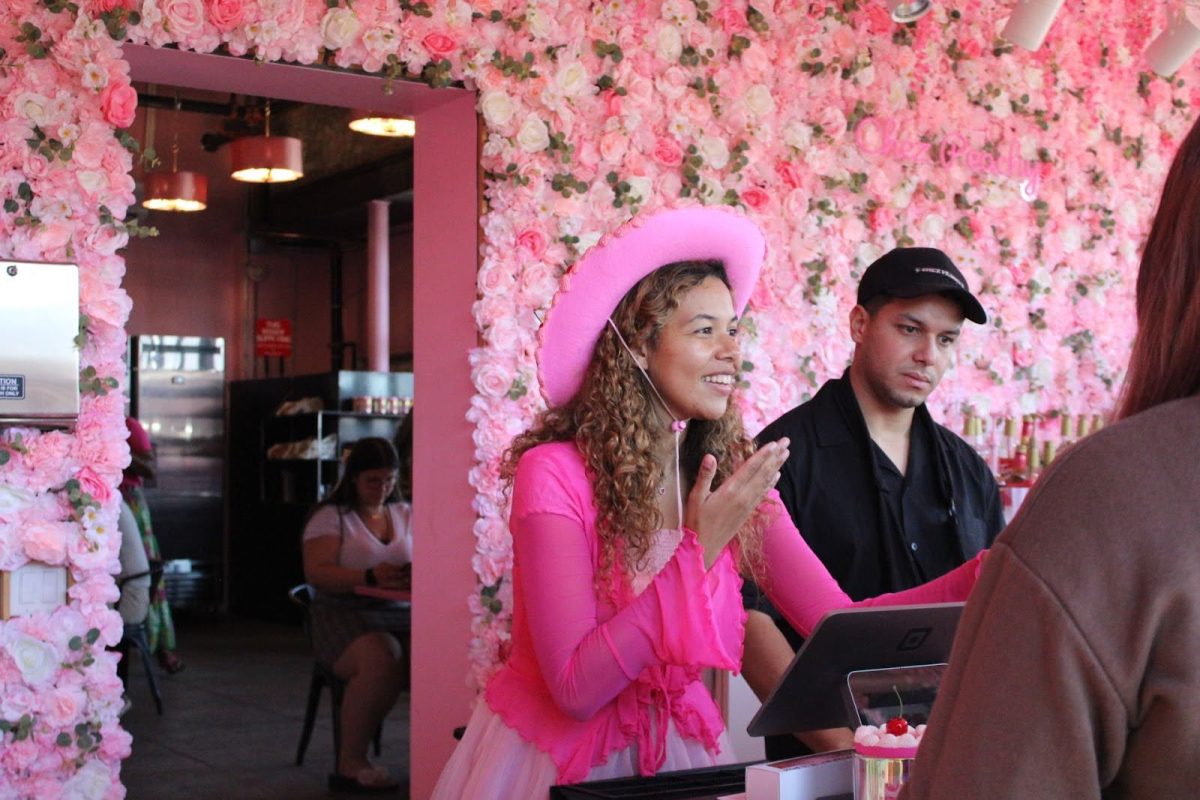I think the reason people continue to believe in God long after they stop believing in Santa Claus is that Santa is expected to produce tangible results on a deadline. Faith can continue indefinitely because its promises, while grandiose, have no due date. Rio Nuevo is definitely an exercise in faith.
Funded by a special tax plan approved by voters in 1999, Rio Nuevo is a comprehensive plan to revitalize Tucson’s downtown area. Believers say it will include a complex of historical and cultural attractions, which will be anchored by the UA’s spiffy new science center and the Arizona State Museum. Or maybe an arena. Maybe a sun-baked civic plaza or something?
Nobody knows. That’s the whole point of faith. All we can say for certain is that the whole thing will be connected to the UA main campus by a streetcar similar to the one that connects Mr. Rogers’ neighborhood to the Land of Make-Believe.
For years, Tucsonans have been told this downtown rapture is near. The prayers of devotion started getting louder last fall because arriving President Robert Shelton performed a miracle: He turned the Rainbow Bridge into a pillar of artist’s conceptions.
Now Shelton appears to be practicing the religion of Obi-Wan Kenobi: He is trying to get the city to foot a $230 million construction bill by using a Jedi mind trick.
The trick certainly worked on the Arizona Daily Wildcat. “”Talks between UA and Rio Nuevo encouraging,”” said a front-page headline this month, parroting Shelton’s take on his meeting with city officials.
Just centimeters below, Mayor Bob Walkup’s top aide was quoted saying that the UA request “”might be more than we can afford.”” (Translation: “”Ha ha ha ha ha! No.””)
It may have been this newspaper’s deepest prostration before Rio Nuevo since it declared that “”Flandrau Science Center’s days are now numbered”” a mere 2,639 days ago. If the mayor had given Shelton the finger and stormed out of the room without a word, the headline would have read, “”Mayor doesn’t rule out science center.””
The City Council, meanwhile, demanded further
divinations from their oracles. For centuries, churches have made money by studying and fighting about a Second Coming that never arrives. Similarly, the priestly caste of Rio Nuevo staff and consultants are spending $1 million each year producing little more than optimistic PowerPoint slides.
Their latest duty is to make a map of the downtown sewer lines. Not as glamorous as angels on a pinhead, I guess, but certainly more practical than the “”Left Behind”” books.
At base, this is about the schism between the disciples of the museum complex on the west side of I-10 and the disciples of the arena and convention center on the east side. Like Catholics and Protestants, they cannot agree on how the masses will reach their salvation.
Will more Tucsonans flock downtown to worship our rich cultural heritage and watch 35-minute movies about roller coasters on a giant IMAX screen? Or will more of them make the pilgrimage to watch monster truck rallies and minor league arena football? Which will draw more visitors away from our natural wonders, high-end resorts and year-round golf?
To settle this culture war, UA science center disciples point to the Gospels of ConsultEcon, which spread the Good News of the
Secondary Economic Impacts. These revealed texts declare that an arena will have a negligible impact on the cultural attractions the city is committed to building.
Without the science center, however, the oracles say that the number of visitors to those sites will drop by 40 percent. (King James Version: “”If thou buildest not a monument to Science, thou shalt suffer pestilence upon thine gate receipts and high-margin merchandise sales.””)
Who shall be guided to victory by divine favor? I’m agnostic, but I have faith that 1,000 days hence the local headlines will still say “”The Rio Nuevo end times are nigh.””
Shane Ham is a first-year law student. Send updated feasibility studies to letters@wildcat.arizona.edu








